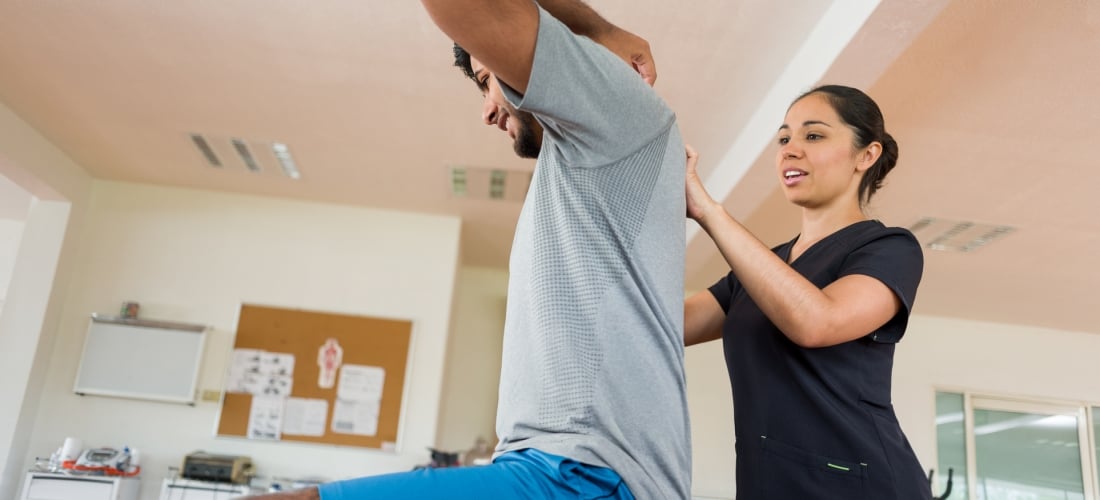
What is Dry Needling?
Dry needling is a technique physical therapist use for treatment of pain and movement impairment. This technique uses a “dry” needle, one without medication or injection, inserted through the skin into the muscle. The thin filiform needle stimulates underlying myofascial trigger points and muscular tissues. Documented physiologic effects of dry needling are increased blood flow, decreased banding (muscle tightness), decreased spontaneous electrical activity and biochemical, CNS changes.
Typically positive results are apparent within 2-4 treatment sessions but can vary depending on the cause and duration of the symptoms, overall health of the patient, and experience level of the practitioner. Dry needling is an effective treatment for acute and chronic pain, rehabilitation from injury, and even pain and injury prevention, with very few side effects. This technique is unequaled in finding and eliminating neuromuscular dysfunction that leads to pain and functional deficits.
Dry Needling can be used for spinal conditions in which the underlying pathology may have triggered a movement disorder. This can result in the presence of reduced ROM or pain due to abnormal muscle tone or spasms. Such conditions may include:
- Piriformis syndrome
- Cervico-genic headaches
- Sciatica
- Hamstring issues
Common lower extremity conditions treated with Functional Dry Needling include:
- Patellar Femoral Syndrome
- Patellar tendonitis
- Hamstring Strain
- Groin Strain
- Shin-splints, Compartment Syndrome
- Achilles tendonopathies
Common upper extremity conditions treated with Functional Dry Needling include:
- Thoracic Outlet Syndrome
- Carpal Tunnel Syndrome
- Lateral Epicondylitis (tennis elbow)
- Medial Epicondylitis (golfers elbow)
- Impingement syndromes
Dry needle is not acupuncture, a practice based on traditional Chinese medicine. Dry needling is a part of modern Western medicine principles, and supported by research.
Sources:
apta.org 2018
kinetacore.com/faq



